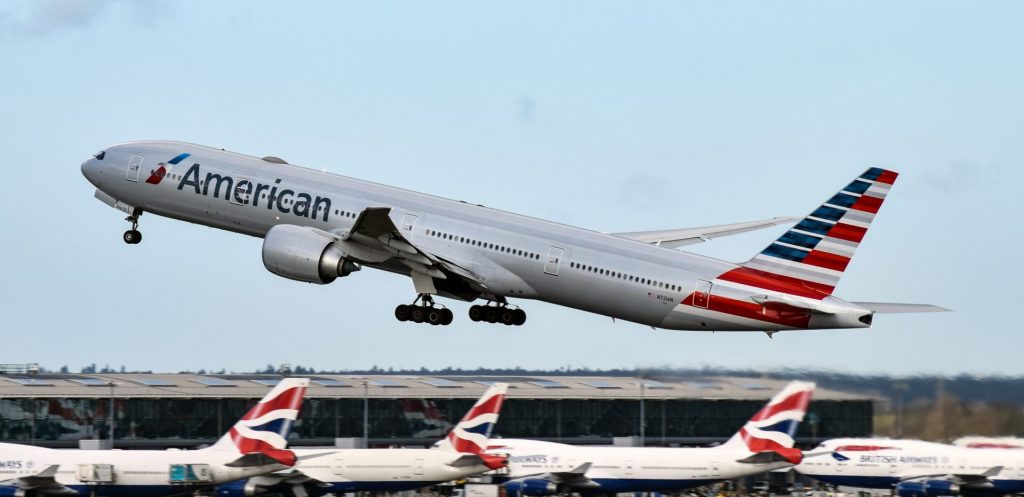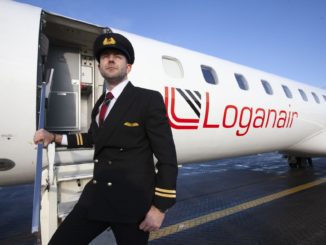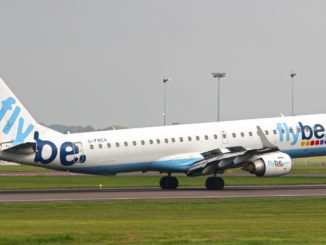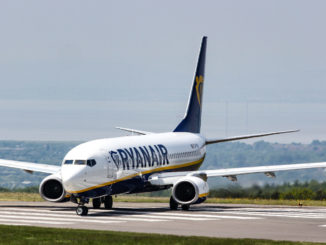
The UK Government is setting out plans in Parliament today to undertake the largest redesign of UK airspace since it was formed in 1950 when it had to handle just 200,000 flights per year.
The results could see shorter flight times, particularly around congested areas such as London, fewer delays and for residents living near airports, lower noise levels.
Another aim of the redesign is to propel airport growth in the UK with new and more direct routes becoming available.
The newly formed UK Airspace Design Service (UKADS), which will be run by NATS (En Route) plc (NERL), will undertake the management of the project once it is fully operational by the end of 2025.
UK airspace now sees around 2.7 million flights per year and modernising it will open up capacity at airports and en-route which in turn will support growth boosting the economy and creating thousands of jobs.
Having redesigned “skyways” can also allow aircraft to climb quicker after take-off reducing noise footprint around airports as well creating a continuous, smoother descent into airports reducing noise and fuel burn and emissions.
The initial phase of the redesign will focus on the airspace around London allowing for the expansion of London Heathrow (LHR/EGLL) airport which alone will is expected to create around 100,000 jobs. It will also open up London strengthening its status as a global hub.

Aviation Minister, Mike Kane said: “Redesigned ‘skyways’ will turbocharge growth in the aviation industry, not least by boosting airport expansion plans and supporting job creation, driving millions into the UK economy as part of the Plan for Change.
“Modernising our airspace is also one of the simplest ways to help reduce pollution from flying and will set the industry up for a long-term sustainable future.”
NERL will be licensed by the UK Civil Aviation Authority (CAA) to undertake the work and details of that licence will be published shortly by the CAA.
The plans have been broadly welcomed by industry bodies with Karen Dee, chief executive of AirportsUK, the trade association for UK airports, saying: “Airports have led the calls for this approach to be adopted and we are pleased that government is fast-tracking it for implementation by the end of the year. Our members, firstly in the London area and then perhaps more widely across the UK, look forward to getting to work with UKADS to deliver the changes that will make our airspace fit for the twenty-first century.”
Tim Alderslade, CEO of Airlines UK, added: “Modernising UK airspace is long overdue and these changes will help to speed up a programme that will provide tangible reforms, from a reduction in delays, improved resilience and lower carbon emissions.
“This is a major priority for airlines and we look forward to working with Ministers and all parts of UK aviation to complete a once in a generation infrastructure programme as quickly as possible and ideally by the end of the decade, so we can continue delivering for passengers and cargo customers whilst meeting our commitment to net zero.”
Steve Heapy, CEO of Jet2 also commented saying: “As well as investing in tangible actions to decarbonise our own operations, we have been calling for the modernisation of airspace for years, as it has been proven to be a key driver in achieving CO2 reductions. Today’s announcement is excellent news and we are now calling for swift action so that the decarbonisation and passenger experience benefits can be realised as soon as possible.”
The Department for Transport (DfT) and CAA will consult on a package of regulatory changes by September 2025 to make the process for airspace design decisions more proportionate, while retaining a transparent, evidence-based process that involves impacted stakeholders.
This is likely to include the airspace change process (CAP 1616) and masterplan (CAP 2156a), and the government’s Air Navigation Guidance and Air Navigation Directions.




